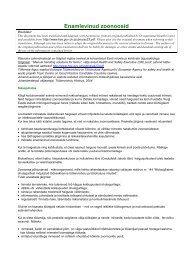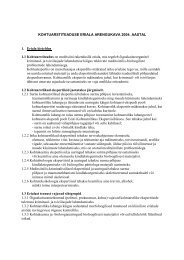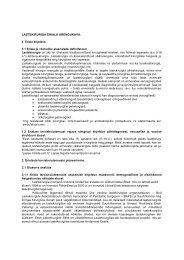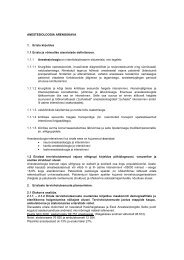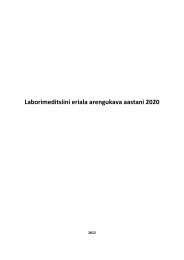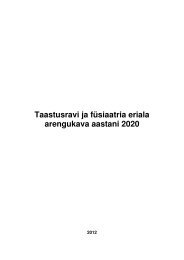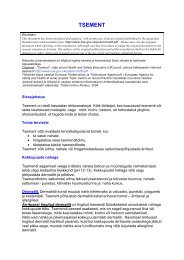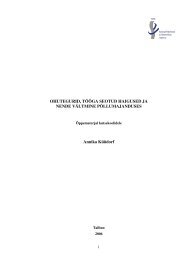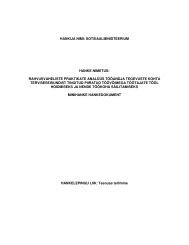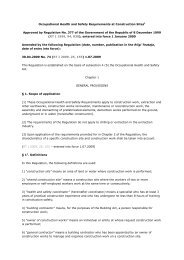SErIES IAEA HumAn HEAltH SErIES IAEA Hum
SErIES IAEA HumAn HEAltH SErIES IAEA Hum
SErIES IAEA HumAn HEAltH SErIES IAEA Hum
Create successful ePaper yourself
Turn your PDF publications into a flip-book with our unique Google optimized e-Paper software.
1.1.3. Confidentiality of audits<br />
Confidentiality is a critical issue in relation to clinical audits. It is essential<br />
that all parties, those being audited and those carrying out an audit, respect the<br />
confidentiality of patient data, interviews/discussions with staff and audit<br />
checklist/performance data. Patient confidentiality should be respected, and,<br />
whenever possible, anonymized patient information should be provided to the<br />
audit team.<br />
Confidentiality will facilitate the discussion of important QA issues. The<br />
information obtained and evaluated as part of clinical audit should therefore be<br />
regarded as peer review information and hence not be discoverable by third<br />
parties. The clinical audit report is the formal public document describing the<br />
visit and its findings.<br />
1.1.4. Borderline between clinical audit and other related activities<br />
Owing to their wide general purpose and multidisciplinary nature (see<br />
Section 1.1.1), external clinical audits in diagnostic radiology bear a close<br />
relationship to other quality assessment systems, such as certification of quality<br />
assessment systems and accreditations, and also to regulatory inspections of<br />
radiation protection and safety. However, it is of high importance to understand<br />
that clinical audit is different from these other quality assessment systems. While<br />
the practical procedures can be partly similar, there are clear differences in the<br />
focus of the evaluation, as well as in the consequences of the results of the<br />
observations. While the exact borderline is dependent on the national<br />
infrastructure and provisions for quality assessments, clinical audit should be<br />
considered as supplementing and not duplicating the other efforts.<br />
The focus in clinical audits is, as a peer review activity, always on the<br />
clinical issues of the service, where comparisons with clinical good practice are<br />
relevant, and the results are recommendations with no inherent obligation on their<br />
implementation. Regulatory inspections address the legal requirements and can<br />
lead to enforcement actions if practices do not comply with requirements. Quality<br />
audits for the certification of quality systems are directed towards checking the<br />
conformity of the local quality system to the given quality standard, and do not<br />
directly ensure the good quality of the practices in terms of clinical judgements.<br />
Audits carried out for accreditation may in certain respects come closest to the<br />
objectives of clinical auditing, but they are often limited to standard procedures<br />
where definite standards are available.<br />
Legal requirements and international basic safety standards in relation to<br />
radiological procedures require QA programmes for medical exposure, which in<br />
turn impose requirements on audits of aspects of these programmes [4]. Such<br />
3




